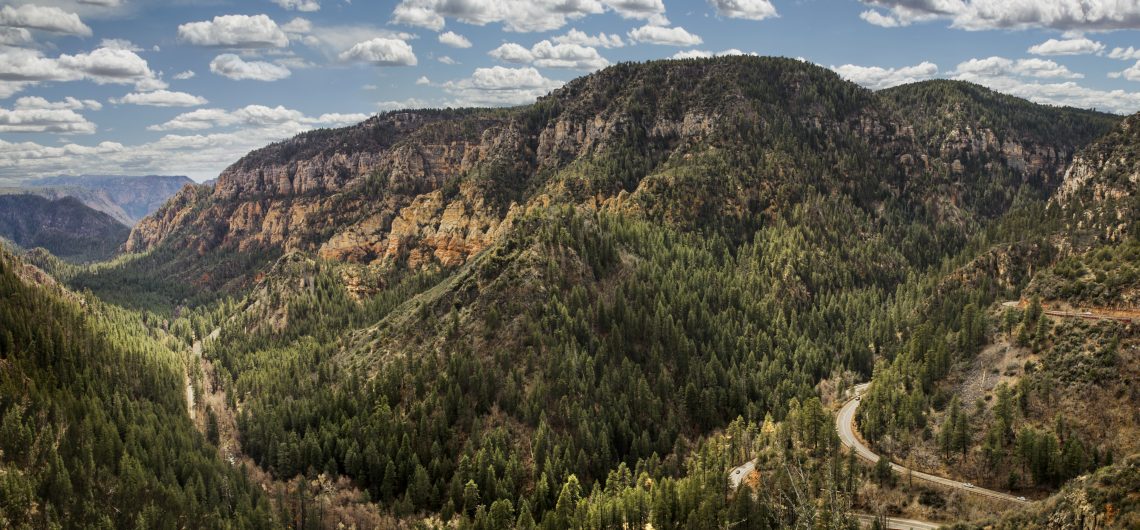Forest Restoration Increases Carbon Storage

Publisher: the Nature Conservancy
Specific Partner: the Nature Conservancy
Published: 27 Aug,2024
New research shows forest thinning will help the forests store more carbon.
A new study reveals forest thinning will help the forests store more carbon in the future, thereby helping combat the negative effects of a warming climate.
Forest thinning helps prevent catastrophic fires that can threaten communities and foul our water and air. This new study by The Nature Conservancy in Arizona builds a stronger case to increase the pace of thinning in Arizona.
“The keystone finding shows the amount of carbon stored would be equal to emissions from 110,000 cars each year up until the year 2100,” says Rob Marshall, forest and climate director for The Nature Conservancy in Arizona.
The multi-year study–the largest of its kind—examined the rate of carbon storage across 1 million acres of Arizona forests slated for thinning as part of the Four Forest Restoration Initiative. The study showed that the quicker the thinning is done, the greater the amount of carbon stored in the forests.
Conversely, if the forests aren’t thinned and they succumb to severe wildfire, “we lose our chance to store carbon in these forests,” says Patrick Graham, Arizona state director of The Nature Conservancy in Arizona.
Many things – including vehicle exhaust and smoke – put carbon into the atmosphere that traps heat and warms the planet. Plants, on the other hand, absorb carbon, turning it into foliage, branches and roots. In turn, plants give off the oxygen we breathe.
A century of fire suppression along with a warming climate has increased the size, frequency and severity of wildfires, which has increased the risk to people, water, wildlife and our forests.
Over the last 20 years Arizona has experienced the two largest fires in the state’s history, which rank among the top ten largest fires in modern U.S. history. In response, the U.S. Forest Service and stakeholders formed the Four Forest Restoration Initiative, the largest such effort in the country.
The research used four scenarios – from moderate to extreme changes in temperature and precipitation—for years 2010 to 2100 — and different rates of thinning followed by controlled burns, in four national forests in northern and eastern Arizona.
The results show that thinning will initially increase carbon loss, however, it is more than offset in later years.
“After the initial loss of carbon for about 10 to 20 years, carbon storage starts to increase due to thinning and controlled burns. The increase continues for 40 to 50 years. Then it plateaus,” says the Conservancy’s Lisa McCauley, the study’s lead author.
The gain in carbon comes not only from increased tree growth but also a reduction in wildfire severity. Seventy percent of the carbon gain is from reduced wildfire emissions, while 30 percent is from increased tree growth, say the study authors.
“Restoring forest health through thinning is a natural climate solution and an important investment in our future,” adds the Conservancy’s Pat Graham.
The Nature Conservancy is a global conservation organization dedicated to conserving the lands and waters on which all life depends. Guided by science, we create innovative, on-the-ground solutions to our world’s toughest challenges so that nature and people can thrive together. We are tackling climate change, conserving lands, waters and oceans at an unprecedented scale, providing food and water sustainably and helping make cities more sustainable. Working in 79 countries and territories, we use a collaborative approach that engages local communities, governments, the private sector, and other partners. To learn more, visit www.nature.org or follow @nature_press on Twitter.